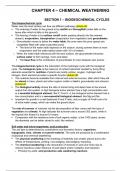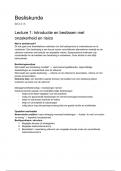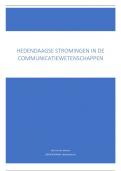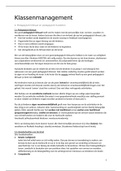Samenvatting
Samenvatting Global Environment - Geochemische cycli (GEO2-1207), Final exam
Summary for the course Geochemical cycli (GEO2-1207) of Earth Science. For the final exam. Covers the following chapters: Chapter 4 (Chemical weathering), Chapter 5 (Rivers) and Chapter 6 (Lakes).
[Meer zien]













